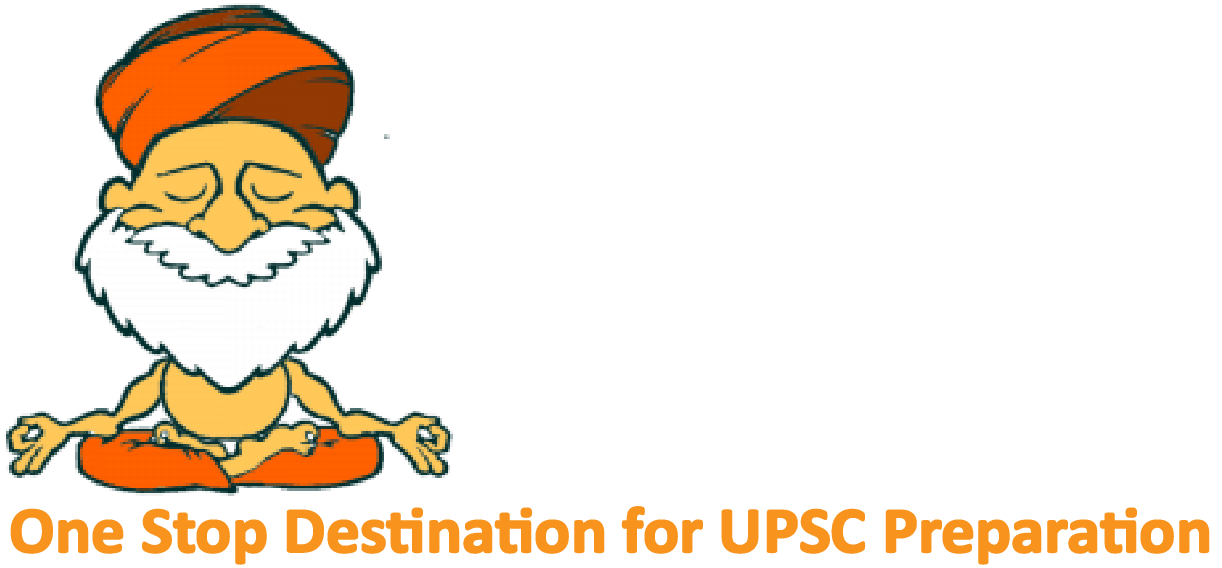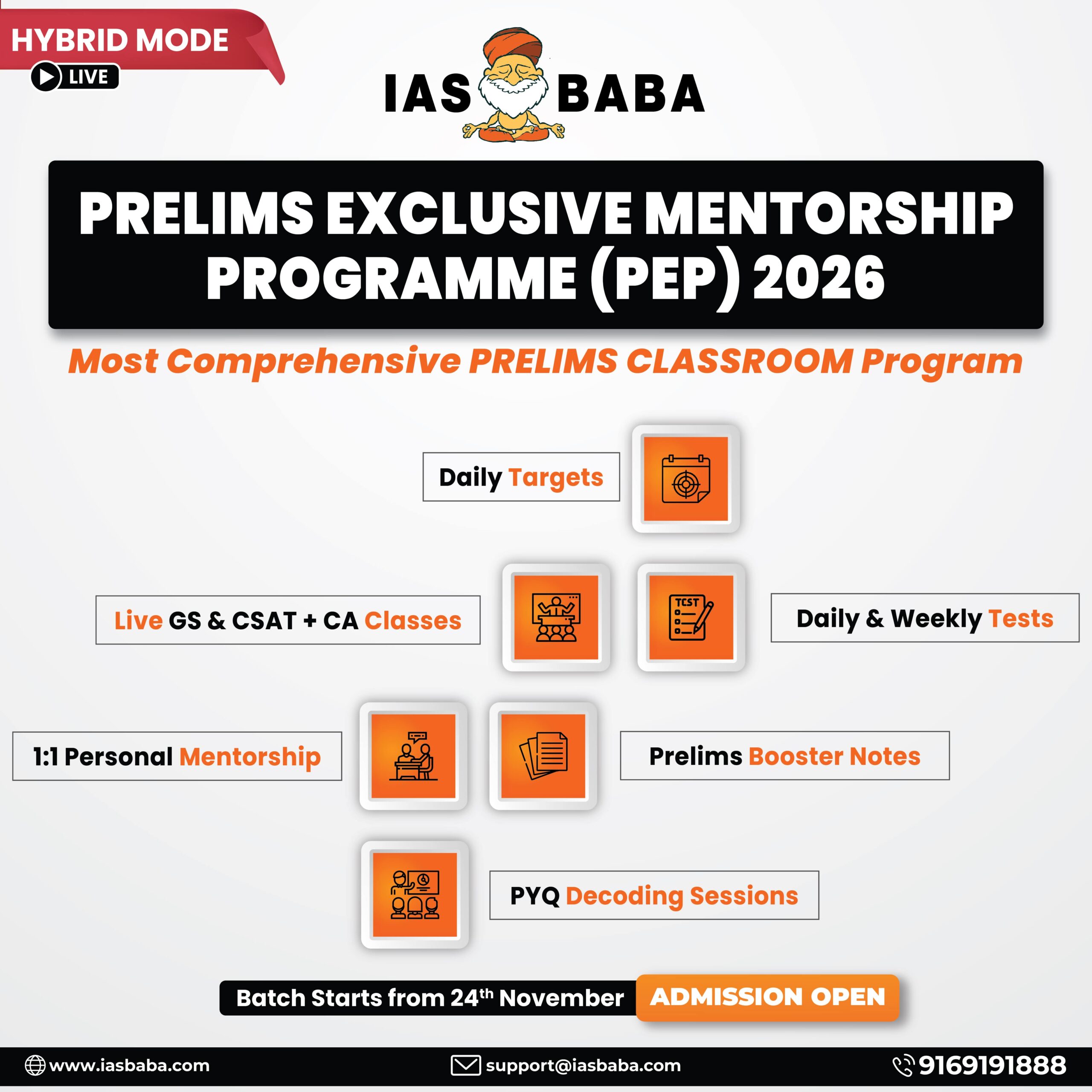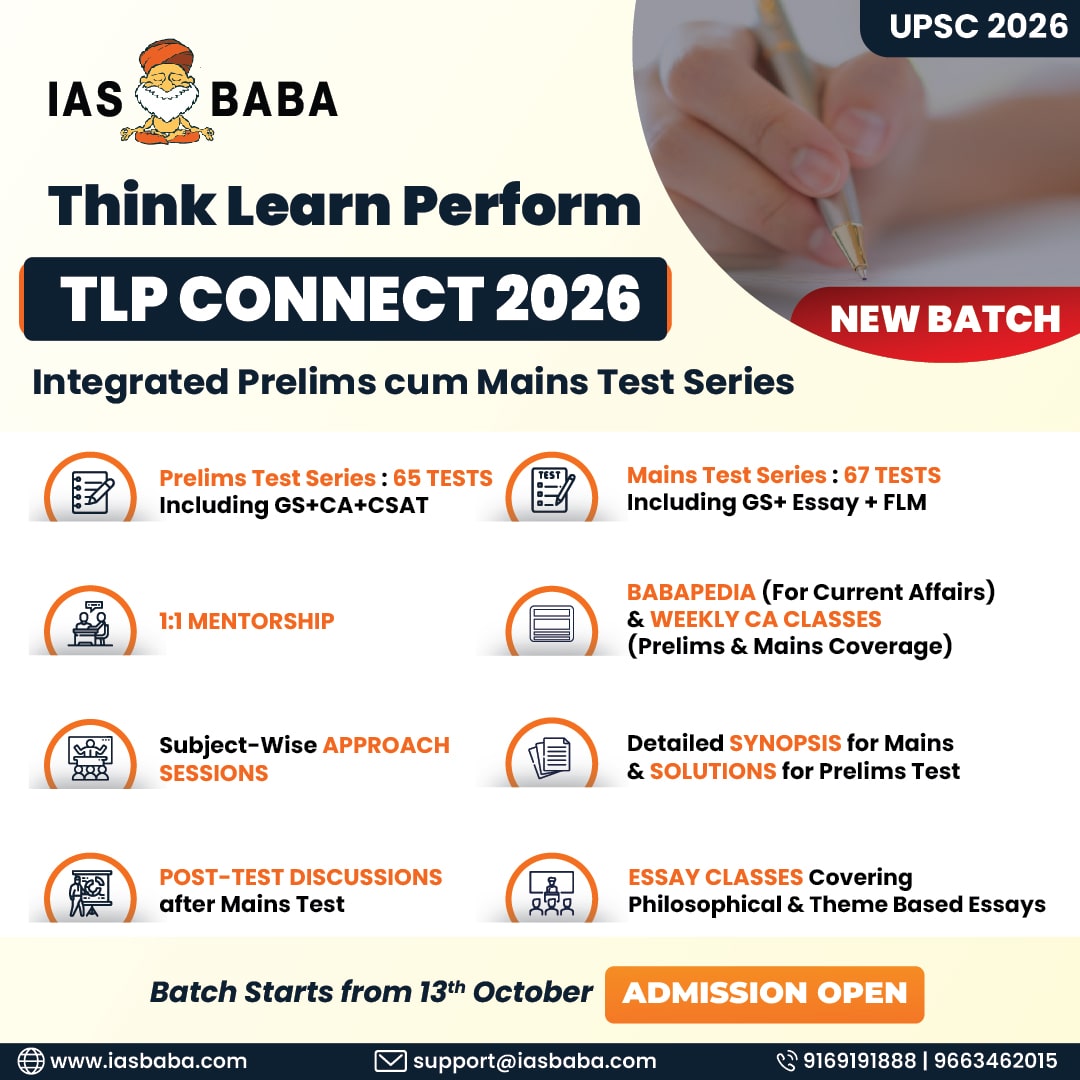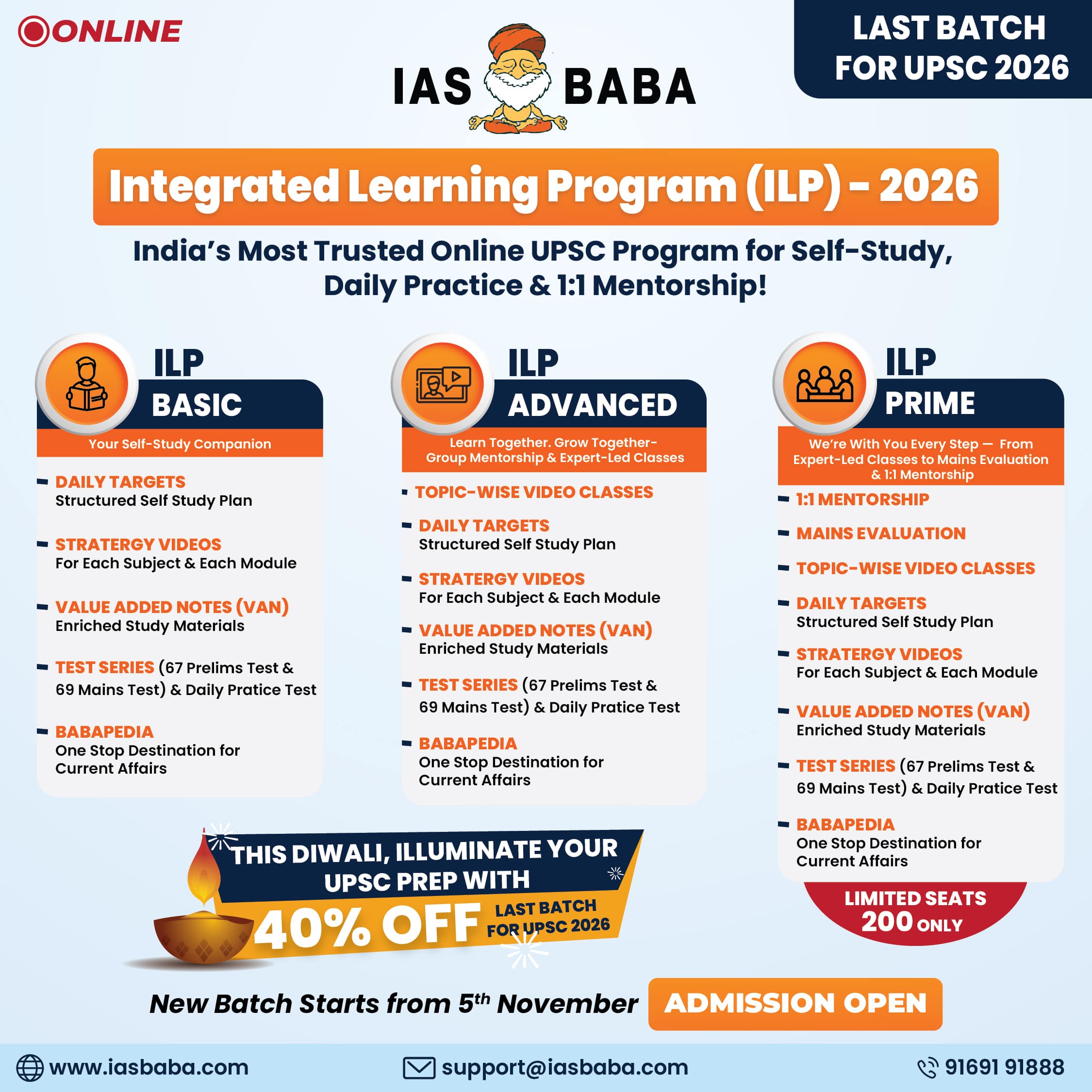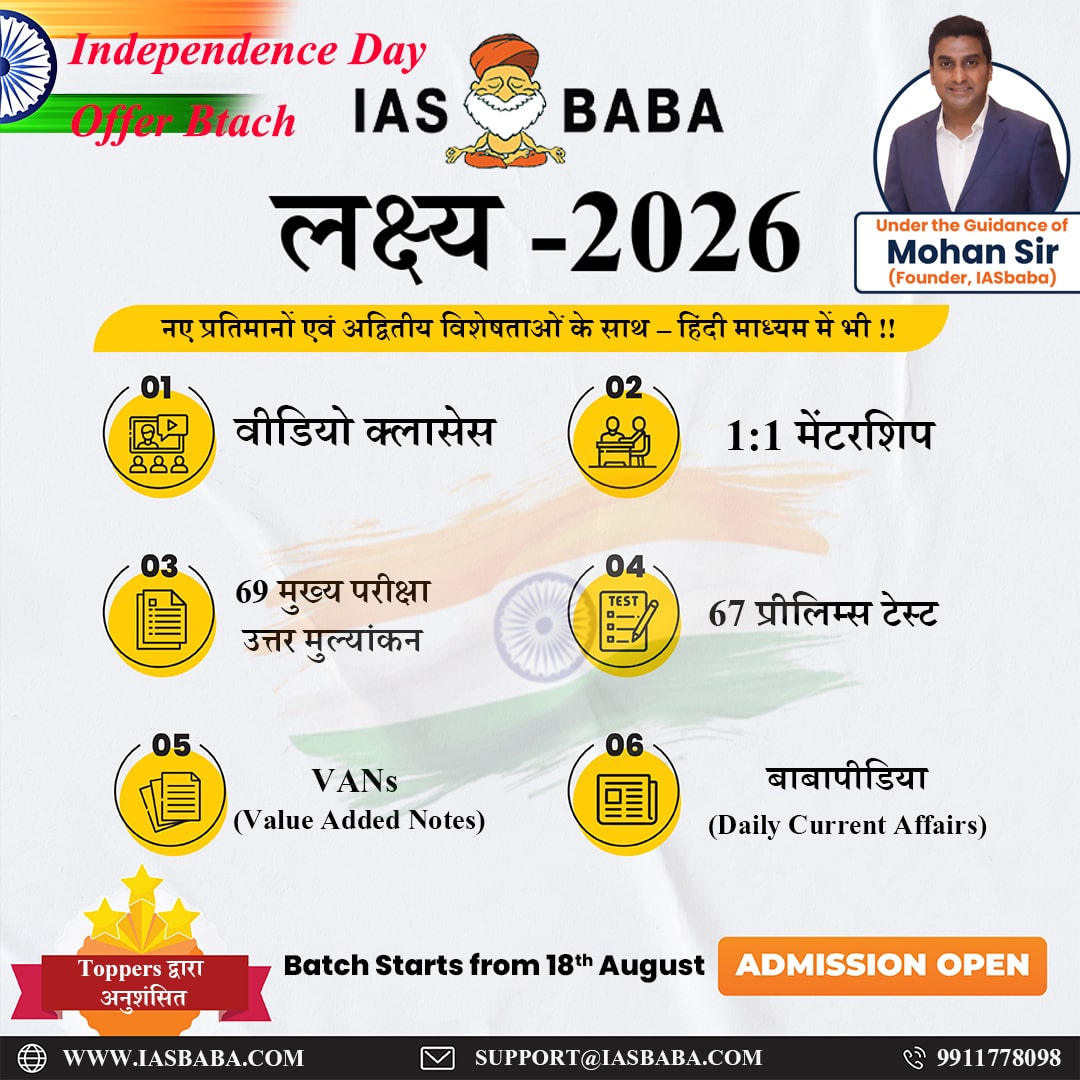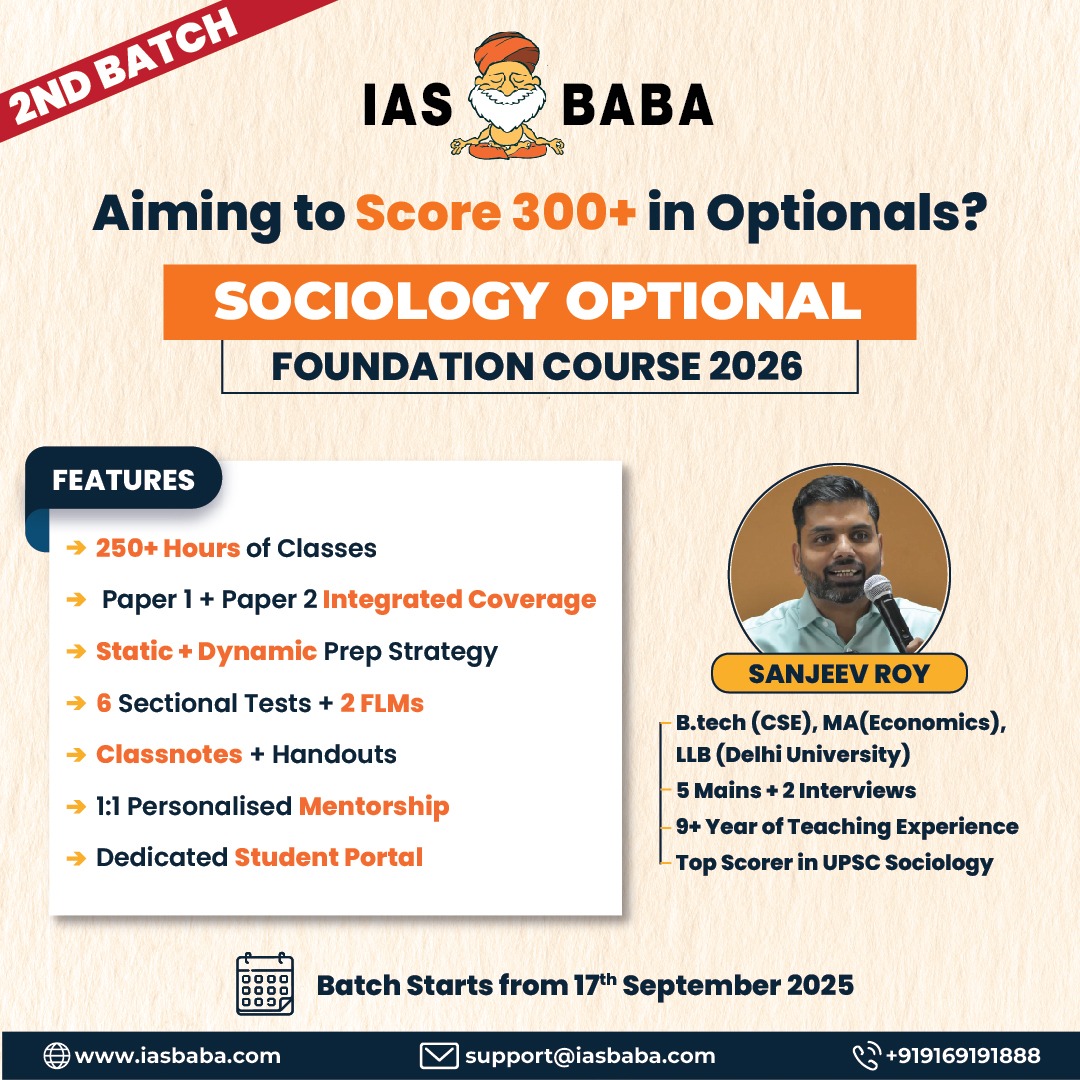IASbaba's Daily Current Affairs Analysis
Archives
(PRELIMS & MAINS Focus)
Syllabus:
- Prelims – CURRENT EVENT
Context: Three Baltic states disconnected their electricity systems from Russia’s power grid, the region’s operators said, part of a plan designed to integrate the countries more closely with the European Union and boost security.
Background: –
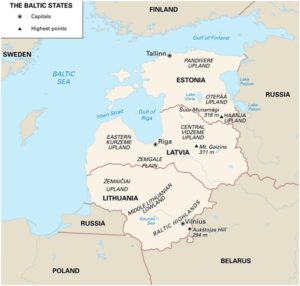
- Estonia, Latvia and Lithuania disconnected from the IPS/UPS joint network and, subject to last-minute tests, they will synchronise with the EU’s grid after operating on their own in the meantime.
Key takeaways
- Plans for the Baltics to decouple from the grid of their former Soviet imperial overlord, debated for decades, gained momentum following Moscow’s annexation of Crimea in 2014.
- The grid was the final remaining link to Russia for the three countries, which reemerged as independent nations in the early 1990s at the fall of the Soviet Union, and joined the European Union and NATO in 2004.
- The three staunch supporters of Kyiv stopped purchases of power from Russia following Moscow’s invasion of Ukraine in 2022, but have relied on the Russian grid to control frequencies and stabilise networks to avoid outages.
- The Baltic Sea region is on high alert after power cable, telecom links and gas pipeline outages between the Baltics and Sweden or Finland. All were believed to have been caused by ships dragging anchors along the seabed following Russia’s invasion of Ukraine. Russia has denied any involvement.
- For Russia, the decoupling means its Kaliningrad exclave, located between Lithuania, Poland and the Baltic Sea, is cut off from Russia’s main grid, leaving it to maintain its power system alone.
- The Baltic countries spent nearly 1.6 billion euros ($1.66 billion) since 2018 to upgrade grids to prepare, while Moscow has spent 100 billion roubles ($1 billion), including on the building of several gas-fired power plants in Kaliningrad.
Source: Indian Express
Syllabus:
- Prelims – ECONOMY
Context: In a revival of an idea that had been shelved in 2021, the government is looking to capture the knowledge economy as a metric to supplement the Gross Domestic Product (GDP).
Background: –
- The Ministry of Statistics and Programme Implementation (MoSPI) had a session on “Conceptual Framework of Gross Domestic Knowledge Product (GDKP) Measurement”, chaired by Principal Scientific Advisor Ajay Kumar Sood.
Key takeaways
- The Gross Domestic Knowledge Product (GDKP) is an innovative metric designed to assess a nation’s economic progress by focusing on its knowledge-based assets and activities.
- The concept of Gross Domestic Knowledge Product (GDKP) is not a standard economic term like Gross Domestic Product (GDP), but it can be understood as a theoretical or emerging framework that measures the economic value generated from knowledge-based activities, innovation, and intellectual capital within a country.
- Focus: It emphasizes the role of knowledge, information, and creativity as key drivers of economic growth in the modern economy.
- At present, all expenditures on Intellectual Property Products (IPP) are recorded under Gross Fixed Capital Formation (GFCF) — the indicator for capital investments in the GDP dataset for the economy.
- GDKP was discussed earlier in 2021 when NITI Aayog made a presentation on the concept note. The National Statistical Commission had pointed out then that the concept note did not provide the methodology for capturing the data and computation of GDKP.
Source: Indian Express
Syllabus:
- Prelims & Mains – CURRENT EVENT
Context: A meeting of the Central Advisory Committee (CAC) for the Pradhan Mantri Anusuchit Jaati Abhyuday Yojana (PM-AJAY) was held under the Chairmanship of Dr. Virendra Kumar, Union Minister of Social Justice and Empowerment and Chairperson of the CAC.
Background:
- Scheduled Castes (SCs), who constitute 16.6% of our population as per 2011 Census, have historically suffered social and educational disabilities and economic deprivation arising therefrom. Accordingly, special provisions have been enshrined for advancement of their interests.
Key takeaways
- The Pradhan Mantri Anusuchit Jaati Abhyuday Yojana (PM-AJAY) is a Centrally Sponsored Scheme launched in the fiscal year 2021-22 by the Ministry of Social Justice & Empowerment. It was established by merging three existing schemes:
- Pradhan Mantri Adarsh Gram Yojana (PMAGY)
- Special Central Assistance to Scheduled Castes Sub Plan (SCA to SCSP)
- Babu Jagjivan Ram Chhatrawas Yojana (BJRCY)
- Objectives:
- Reduce poverty of the SC communities by generation of additional employment opportunities through skill development, income generating schemes and other initiatives.
- Improve socio-economic developmental indicators by ensuring adequate infrastructure and requisite services in the SC dominated villages.
- Increase literacy and encourage enrolment of SCs in schools and higher educational institutions by providing adequate residential facilities in quality institutions, as well as residential schools where required, especially in the aspirational districts/ SC dominated blocks and elsewhere in India.
Key Components:
- Development of SC-Dominated Villages into “Adarsh Gram”:
- Transform villages with significant SC populations into model villages with access to basic services and infrastructure necessary for dignified living.
- As of the latest data, a total of 29,881 villages have been covered under this component, with 6,087 declared as Adarsh Gram.
- Grants-in-Aid to States/Districts:
- Provide financial assistance for projects aimed at socio-economic betterment of SC communities, including comprehensive livelihood projects and infrastructure development.
- Central assistance of ₹3,242.07 crore has been released, benefiting 850,611 individuals.
- Construction/Repair of Hostels:
- Build and repair hostels to support SC students, particularly those from rural and remote areas, in accessing quality education.
- Since 2021-22, 46 hostels have been sanctioned for 5,185 beneficiaries, with an allocation of ₹126.30 crore.
- The scheme is 100% funded by the Central Government. However, the States/UTs are free to provide additional funds from their own resources if they so desire.
Source: PIB
Syllabus:
- Prelims & Mains – POLITY
Context: The Khasi Hills Autonomous District Council (KHADC) and the Jaintia Hills Autonomous District Council (JHADC) elections will be held on February 21, 2025.
Background: –
- The KHADC and JHADC cover areas dominated by matrilineal communities — the Khasi and Jaintias respectively — but less than 7% of the candidates contesting the elections to these councils are women.
Key takeaways
- Autonomous District Councils (ADCs) in India are administrative bodies established to provide self-governance and preserve the cultural identities of tribal communities, primarily in the northeastern states.
Key Features of Autonomous District Councils:
- Constitutional Basis: The Sixth Schedule of the Indian Constitution provides for the creation of ADCs in the states of Assam, Meghalaya, Tripura, and Mizoram. This schedule aims to protect the rights of tribal populations through self-governance.
- Legislative Powers: ADCs have the authority to legislate on subjects such as land management, forest resources, water resources, agriculture, village administration, public health, and social customs. These laws are applicable within their respective jurisdictions.
- Judicial Powers: ADCs can establish courts to adjudicate cases involving members of Scheduled Tribes, provided the offenses are minor and the sentences do not exceed five years of imprisonment. These courts function parallel to the regular judicial system.
- Financial Powers: ADCs are empowered to levy and collect taxes, fees, and tolls on various subjects, including land, buildings, animals, vehicles, and professions. They can also receive grants from the state government for specified projects.
- As of now, there are 10 ADCs constituted under the Sixth Schedule:
- Assam: Bodoland Territorial Council, North Cachar Hills Autonomous Council, Karbi Anglong Autonomous Council
- Meghalaya: Garo Hills Autonomous District Council, Jaintia Hills Autonomous District Council, Khasi Hills Autonomous District Council
- Mizoram: Chakma Autonomous District Council, Lai Autonomous District Council, Mara Autonomous District Council
- Tripura: Tripura Tribal Areas Autonomous District Council
- Additionally, several states have established autonomous councils through state legislation to cater to the specific needs of tribal communities. For instance, in Assam, there are councils like the Rabha Hasong Autonomous Council, Mising Autonomous Council, and Tiwa Autonomous Council, among others.
Source: The Hindu
Syllabus:
- Prelims – CURRENT EVENT
Context: India- Egypt joint special forces exercise cyclone commences in rajasthan.
Background: –
- Exercise Cyclone is an annual event conducted alternately in India and Egypt. The previous edition was held in Egypt in January 2024.
Key takeaways
- Exercise Cyclone is a joint military exercise between the Special Forces of India and Egypt, aimed at enhancing bilateral military cooperation, interoperability, and the exchange of special operations tactics. The exercise focuses on high levels of physical fitness, joint planning, and tactical drills in desert and semi-desert terrains.
- Third Edition: The third edition of Exercise Cyclone commenced on February 10, 2025, at the Mahajan Field Firing Ranges in Rajasthan, India, and is scheduled to conclude on February 23, 2025.
- Participants: The Indian contingent comprises troops from two Special Forces Battalions, while the Egyptian contingent includes members from the Special Forces Group and Task Force.
- The exercise aims to:
- Promote military-to-military relations between India and Egypt.
- Enhance interoperability and jointness in special operations.
- Facilitate the mutual exchange of special operations tactics, techniques, and procedures.
Source: PIB
Practice MCQs
Q1.) Consider the following statements regarding Article 371 of the Indian Constitution:
- Article 371 provides special provisions exclusively for the states of Nagaland and Mizoram.
- Article 371J accords special status to the Hyderabad-Karnataka region (Kalyana Karnataka).
- Article 371F deals with the special provisions for Arunachal Pradesh.
Which of the above statements is/are correct?
(a) 1 only
(b) 2 only
(c) 1 and 3 only
(d) 2 and 3 only
Q2.) Which of the following factors contribute to the extreme aridity of the Atacama Desert?
- The rain shadow effect of the Andes Mountains
- The influence of the Humboldt Current
- The presence of large freshwater lakes
- The Subtropical High-Pressure Belt
Select the correct answer using the codes given below:
(a) 1 and 2 only
(b) 1, 2, and 4 only
(c) 1, 3, and 4 only
(d) 2, 3, and 4 only
Q3.) Consider the following statements regarding Shatavari (Asparagus racemosus):
- It is primarily cultivated in temperate regions of India.
- It is widely used in Ayurveda for its role in women’s reproductive health.
- It is promoted under the National Medicinal Plants Board (NMPB) for commercial cultivation.
Which of the statements given above is/are correct?
(a) 1 and 2 only
(b) 2 and 3 only
(c) 1 and 3 only
(d) 1, 2, and 3
Comment the answers to the above questions in the comment section below!!
ANSWERS FOR ’ Today’s – Daily Practice MCQs’ will be updated along with tomorrow’s Daily Current Affairs
ANSWERS FOR 8th February – Daily Practice MCQs
Q.1) – d
Q.2) – b
Q.3) – c

